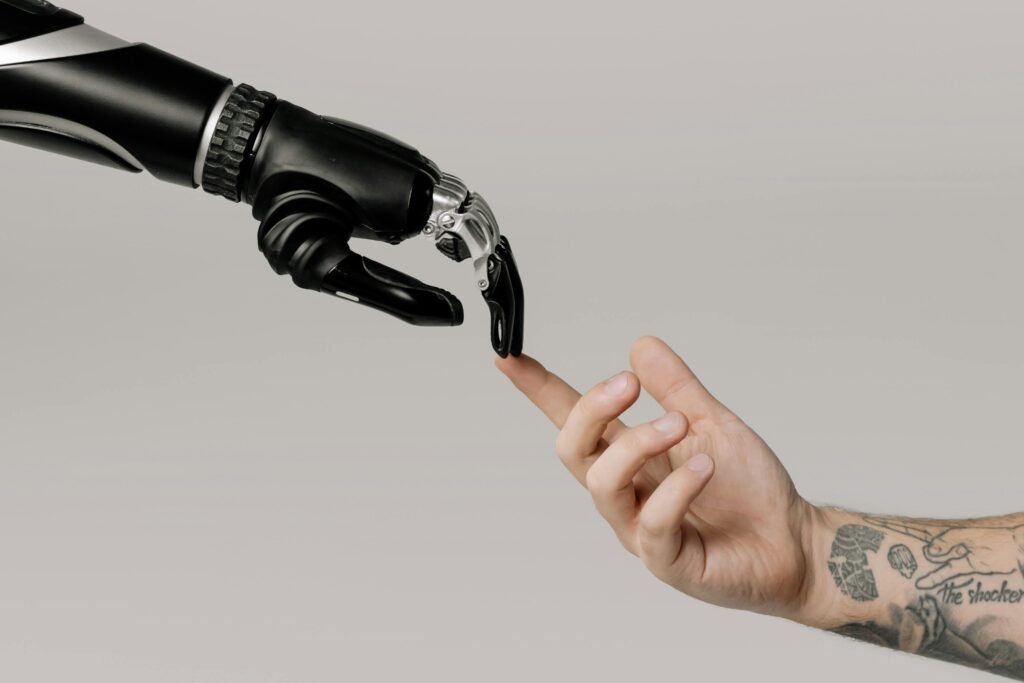Introduction
Artificial Intelligence (AI) has moved far beyond the realm of science fiction. In 2025, it’s no longer just about robots and algorithms it’s a daily companion that powers everything from your smartphone to your city’s traffic lights. AI has quietly become the invisible force shaping the way we work, live, and interact with technology.
AI in Daily Routines
Everyday tools like virtual assistants, smartwatches, and personalized apps are now powered by AI. When your phone suggests the fastest route to work or your playlist automatically matches your mood, that’s AI in action. Even your grocery store may use predictive algorithms to stock what you’re most likely to buy.
AI in the Workplace
From automation to analytics, AI has become essential in the modern workplace. Companies rely on intelligent software to manage data, optimize schedules, and even assist in hiring decisions. Employees use AI writing tools, chatbots, and coding assistants to increase productivity and creativity.
AI and Education
Students no longer learn the same way. Platforms like ChatGPT and AI driven tutors can now personalize lessons in real time, identifying weak points and adapting to each learner’s style. This makes learning faster, smarter, and more engaging.

The Human Side of AI
The challenge in 2025 is not replacing humans it’s enhancing them. The best results come from collaboration: human creativity plus machine precision. The future belongs to those who know how to use AI, not those who fear it.
Conclusion
AI is no longer a luxury or curiosity; it’s a necessity. The world is being redesigned by algorithms — and the smarter we use them, the brighter our future becomes.
